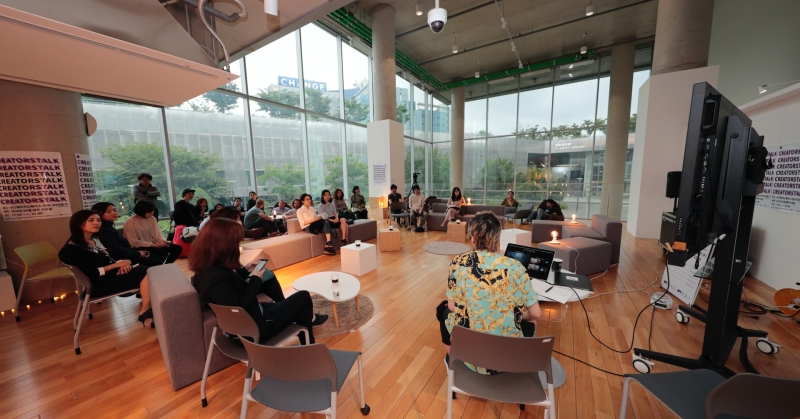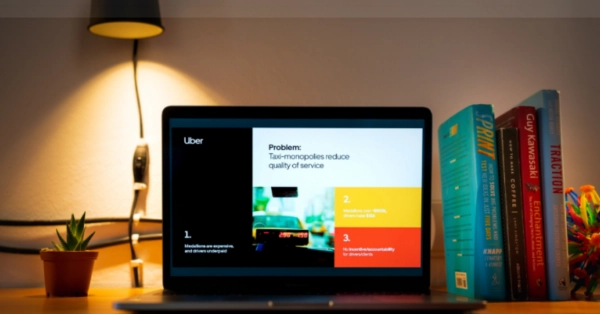What are the concrete outcomes of such interventions?

Based on the most detailed empirical research Artistic interventions in organisations: finding evidence of values‐added by Ariane Berthoin Antal and Anke Strauß, the most significant effects of the creative interventions within organisations may be grouped as follows:
Relationships
Creative interventions offer the opportunities to carry out activities disclosing aspects about co-worker and managers that are normally not expressed in the day-to-day work mode. By learning new things about their colleagues, sometimes people change their opinions about them and start a surprising process of growing their social network at work, while fostering respect and trust for others in the organisation.
This happens not only for internal relationships, but also for external ones - for example when creative interventions involve the participation of people outside the organisation (e.g., an exhibition).
Organizational culture, leadership and working climate
The first factor is strictly related to the benefits of creative interventions on enhancing a process to address the values and norms in an organization.
Moreover, some artistic interventions may support leadership development, for example in workshops dedicated to experiencing different approaches to leadership in music and theatre.
Finally, the welcoming atmosphere and the “fresh” dimension of creative interventions enhance a better working climate.
Personal development
Personal development is the positive effect generated by the organizational development being related to the discovery of self, personal growth, increased self‐confidence and risk‐taking, development of new skills as well as the ability to think in new ways, communication, and artistic skills.
The studies on creative interventions support the conclusion that the participants learn about and apply practices and tools that they can transfer from the experience back into daily work, and often also life in general.
Collaborative and artful ways of working
Clearly, more collaborative ways of are likely to have positive impacts on productivity. The opportunity offered by the creative intervention to interrupt routines and the institutionalised ways of working in organisations supports the organisation staff members in developing capabilities that are particularly important for innovation and the ability to cope with ambiguity and change. This is because dealing with the unexpected and being open to the new, adopting artistic formats, and trusting the process improves the attitude of trusting the process when engaging with new ideas and possibilities.
Usually, creative interventions somehow “force” the participants to get out of their comfort zone and experiment new ways of professional and human interaction. However, trying out different approaches is necessary for innovation.
Since artists and creatives tend to work with resistance as a response, it naturally become sources of energy with which they can work creatively and activate a trusting process with the participants who take the courage to move out of their comfort zone and practice the new methods into practice.
Seeing more and differently
Surely, creative interventions stimulate reflection, widening perspectives and awareness of present conditions and can help to change perspectives, to question or to become aware of the purpose of their work, and the values that underpin their organisation. Such reflection leads to “think out of the box”, to see, be and do thing differently.
Activation
During the creative interventions, the participants have the opportunity to interact directly with the artist, with the artistic practices, and with each other positively and to be stimulated and energised.
Because they can be inspired by these positive impacts, they are also inspired in taking action and doing things differently and engaged with their own emotions. They have the opportunity to reflect on their feelings at work, both positive and negative, and to address them more openly and directly, which allows them to understand emotions better and to take corrective action.
Getting closer to their feelings allow them to discover how to handle them and to guide their decisions and actions accordingly (gut‐feeling), a competence that is particularly important in situations of uncertainty and ambiguity.























